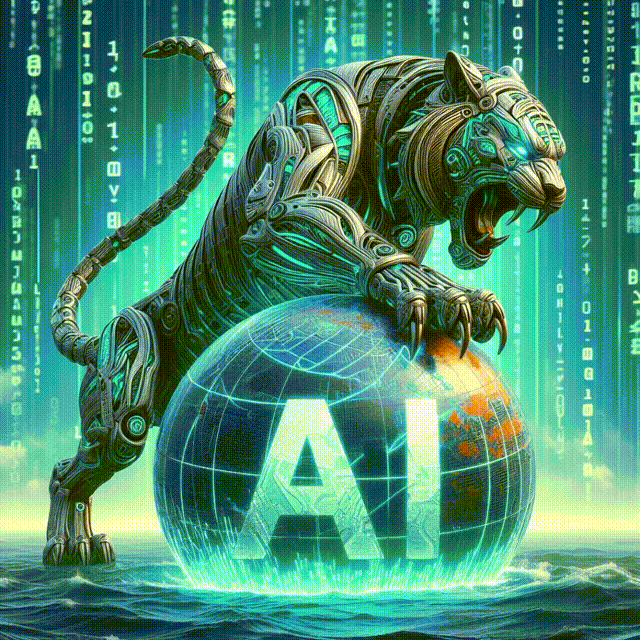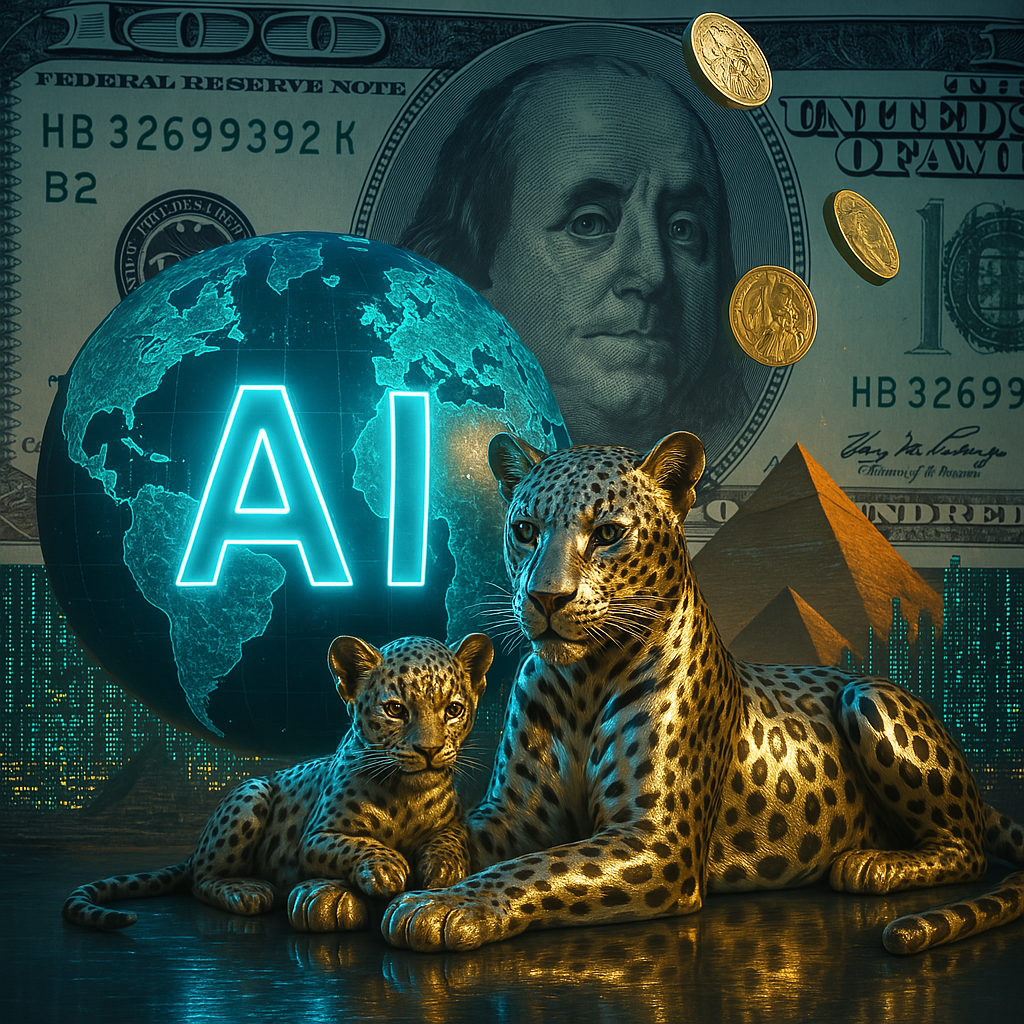
- by J.ROSE
Understanding and Applying the Latest Developments in AI
Explore the complex mechanism meaning in AI, from its scientific foundations to practical applications. Learn how these advanced systems drive innovation in artificial intelligence and how to apply them in real-world scenarios.
Introduction: Decoding the Complex Mechanism Meaning in AI
As artificial intelligence (AI) continues to evolve, understanding the complex mechanism meaning in AI becomes essential for researchers, developers, and businesses alike. These mechanisms are the underlying systems, algorithms, and frameworks that allow AI to process data, learn, adapt, and function autonomously. This essay explores how recent advances in AI have deepened our understanding of these mechanisms and addresses how we can effectively apply them in real-world contexts.
The complex mechanism meaning in AI is not just an academic phrase—it defines the core dynamics of intelligent systems. Whether in neural networks, reinforcement learning, or natural language processing, these mechanisms allow machines to perform tasks that were once the exclusive domain of humans. This essay aims to present the latest developments in complex systems and artificial intelligence and to offer a guide for applying them effectively.

Section 1: What Is the Complex Mechanism Meaning in AI?
To understand the complex mechanism meaning in AI, we must start with a basic definition. In AI, a complex mechanism refers to an interconnected system of algorithms and data-processing units designed to simulate intelligent behavior. These mechanisms are often non-linear, adaptive, and capable of self-organization, characteristics that define complexity in modern computational theory.
For example, deep learning networks function as a complex mechanism composed of multiple layers, each contributing to pattern recognition, data abstraction, and decision-making. This multilayered architecture allows the AI to “learn” from input data through a backpropagation process that adjusts internal parameters in response to errors.
Understanding and Applying the Latest Developments in AI encapsulates the processes that drive the AI’s reasoning and behavior, including perception, learning, memory, and action selection.
Section 2: Key Characteristics of Complex Mechanisms in Artificial Intelligence
To grasp the complex mechanism meaning in AI, one must understand the traits that distinguish these systems:
1. Emergence
Emergent behavior arises when simple rules at the local level generate complex outcomes at the system level. For instance, in swarm intelligence, individual agents follow basic rules, yet the system as a whole solves highly complex problems.
2. Non-linearity
Non-linear relationships between components mean that small changes in input can result in vastly different outcomes. This is central to understanding the unpredictability of some AI outputs.
3. Adaptability
AI systems continuously adapt through learning, especially in reinforcement learning frameworks where agents modify behavior based on reward feedback.
4. Self-organization
Self-organizing systems do not rely on external control but rather on internal interactions to structure themselves. This is a defining trait of advanced AI networks.
These characteristics are essential to the complex mechanism meaning in AI, as they differentiate modern AI from static, rule-based systems of the past.
Section 3: Theoretical Foundations of Complex Mechanisms in AI
Understanding the complex mechanism meaning in AI also requires delving into the theoretical models and philosophies behind AI systems. Several key theories shape how we think about AI complexity:
Cybernetics: Focuses on control and communication in machines and living beings. It laid the foundation for feedback systems used in AI today.
Systems Theory: Views AI as a set of interacting components that create an organized whole.
Chaos Theory: Deals with systems that appear disordered but follow deterministic rules sensitive to initial conditions—a hallmark of AI unpredictability.
These theoretical pillars underpin our comprehension of the complex mechanism meaning in AI and provide the frameworks necessary for designing more sophisticated intelligent systems.
Section 4: Complex Mechanisms in Modern AI Applications
The complex mechanism meaning in AI becomes clearer when we examine its role in current AI technologies.
a. Natural Language Processing (NLP)
AI systems like ChatGPT use transformer-based models that involve complex attention mechanisms. These mechanisms evaluate word relationships across large contexts, allowing the AI to understand and generate human-like language.
b. Computer Vision
AI interprets images by passing them through convolutional layers, each extracting features of increasing complexity. The complex mechanism here is how these features are combined to detect patterns like edges, shapes, or objects.
c. Autonomous Vehicles
Self-driving cars rely on sensor fusion, real-time data processing, and predictive modeling. These represent layered complex mechanisms where decision-making occurs based on changing environments.
d. AI in Healthcare
From diagnostic tools to robotic surgery, AI integrates patient data, historical trends, and predictive models. The complex mechanism meaning in AI is evident in how multiple data points and variables are synthesized for life-critical decisions.

Section 5: Challenges in Applying Complex Mechanisms in AI
Despite rapid progress, applying the complex mechanism meaning in AI presents several hurdles:
1. Interpretability
Complex mechanisms often act as “black boxes,” where it’s difficult to trace how an AI system reached a decision. This poses problems in areas like law, healthcare, and finance.
2. Ethics and Bias
As AI learns from historical data, embedded biases in complex mechanisms can lead to skewed or unjust outcomes. Ethical frameworks must evolve to address this challenge.
3. Scalability
Deploying AI systems with complex mechanisms at scale often requires immense computational resources, which may not be accessible to smaller institutions or developing countries.
4. Security Risks
Sophisticated AI systems can be manipulated via adversarial inputs. Understanding and Applying the Latest Developments in AI helps build more robust, secure systems.
Section 6: The Future of Complex Mechanisms in AI
The future of AI will be shaped by advances in how we understand and utilize complex mechanisms. Here’s how Understanding and Applying the Latest Developments in AI is evolving:
Neuro-symbolic AI combines statistical learning with symbolic reasoning to improve understanding and decision-making.
Quantum AI explores how quantum computing can simulate extremely complex systems that go beyond current computing capabilities.
Self-aware AI remains speculative but involves systems that can understand their own internal states—another level of complex mechanism.
Edge AI focuses on processing data closer to its source (e.g., on devices), requiring optimized, yet complex, internal mechanisms.
The continuous development of these domains will redefine the complex mechanism meaning in AI and expand its impact across all sectors.
Section 7: How to Apply Complex Mechanisms in AI Projects
Knowing the complex mechanism meaning in AI is only half the battle. Application requires practical steps:
a. Choose the Right Framework
Use advanced platforms like TensorFlow, PyTorch, or Keras that support layered model development and visualization of mechanisms.
b. Data Preprocessing
Ensure your data is clean, diverse, and representative. Complex mechanisms depend on accurate input to function correctly.
c. Model Training and Tuning
Regularly evaluate model performance using appropriate metrics (accuracy, F1 score, etc.). Tools like AutoML can help optimize mechanisms efficiently.
d. Interpretability Tools
Incorporate tools such as SHAP, LIME, or Explainable AI (XAI) libraries to dissect the inner workings of your AI models.
e. Ethical and Bias Audits
Apply ethical AI toolkits to evaluate the social impact of your models and fine-tune mechanisms to reduce bias.
These practices make the complex mechanism meaning in AI actionable in real-world applications.
Summary: The Significance of Complex Mechanism Meaning in AI
In summary, the complex mechanism meaning in AI lies at the heart of intelligent systems capable of perception, learning, and adaptation. This essay explored how these mechanisms function, the challenges involved, and their role in various industries. As AI becomes more embedded in our daily lives, understanding and responsibly applying these mechanisms becomes not just a technical challenge but a societal imperative.
From theory to application, Understanding and Applying the Latest Developments in AI will continue to shape the trajectory of artificial intelligence and our interaction with it. Developers, businesses, and researchers must keep pace with the latest advances and embrace the complexity that makes AI powerful—and humanlike.